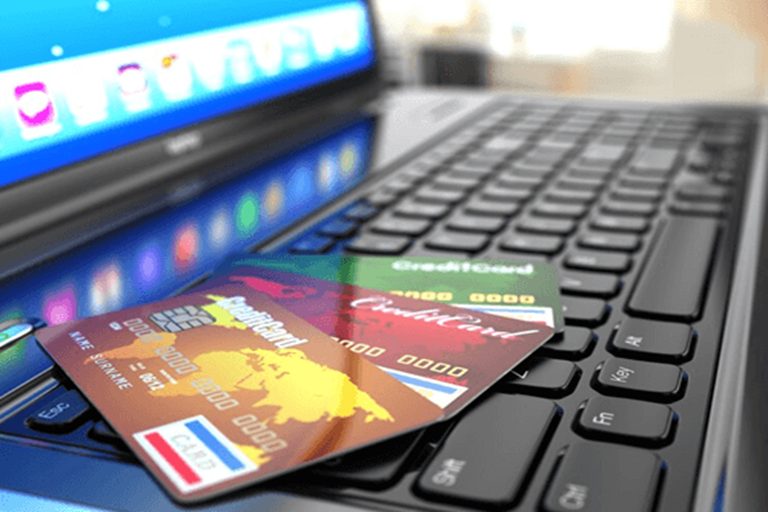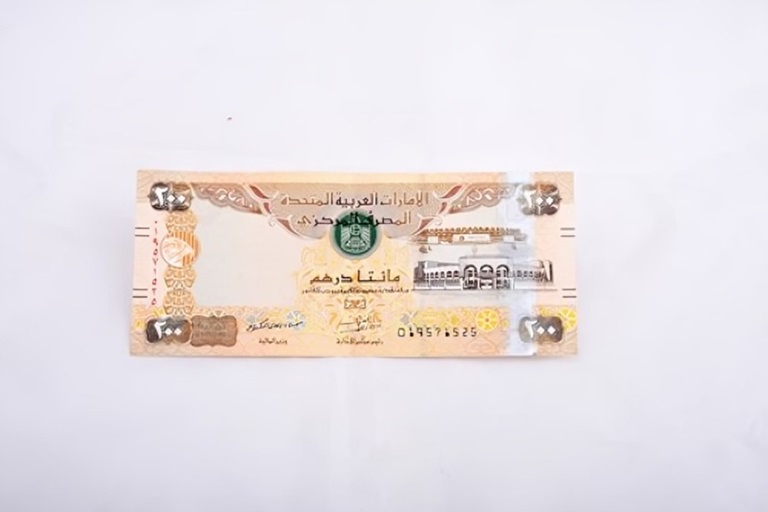
What is the Interbank Rate? A Guide to Foreign Exchange Pricing
Table of contents
The interbank rate is a cornerstone of global finance, particularly in the foreign exchange (forex) market. It represents the rate at which banks trade currencies with one another, forming the foundation for exchange rates that individuals and businesses encounter daily. This article explores the concept of the interbank rate, how it works, and its significance in forex pricing.
Understanding the Interbank Rate
The interbank rate refers to the wholesale exchange rate used by banks and other major financial institutions when trading currencies amongst themselves. These transactions occur on the interbank market, a decentralised, over-the-counter network connecting financial institutions worldwide.
Banks trade currencies for various reasons, such as facilitating international trade, managing foreign exchange reserves, or hedging against currency risks. The interbank rate reflects real-time market conditions and is determined by supply and demand dynamics.
Key Characteristics of the Interbank Rate
• Real-Time Pricing: The interbank rate fluctuates constantly due to changes in market conditions, including economic data releases, geopolitical events, and central bank policies.
• Volume-Based Transactions: Banks typically trade in large volumes, often involving millions or billions of dollars, resulting in tight spreads and highly competitive rates.
• Restricted Access: The interbank rate is available only to major financial institutions. Retail traders and small businesses generally encounter marked-up rates offered by brokers or banks.
Factors Influencing the Interbank Rate
Several factors contribute to the determination of the interbank rate, including:
1. Economic Indicators: Data such as GDP growth, unemployment rates, and inflation levels significantly impact currency values.
2. Central Bank Policies: Decisions on interest rates and quantitative easing by central banks influence currency supply and demand.
3. Market Sentiment: Investor perceptions of risk and global economic stability can drive fluctuations in currency prices.
4. Geopolitical Events: Political instability, trade agreements, or conflicts can affect currency values and interbank rates.
5. Supply and Demand: The balance between currency buyers and sellers directly impacts the interbank rate at any given moment.
How the Interbank Rate Impacts Forex Pricing
While the interbank rate forms the foundation of forex pricing, it is not the rate that retail customers receive. Banks, brokers, and currency exchange providers apply a markup to cover operational costs and generate profit. This markup creates a gap between the interbank rate and the exchange rate offered to individuals and businesses.
1. Spread
The spread is the difference between the bid (buy) and ask (sell) price of a currency pair. At the interbank level, spreads are minimal due to high liquidity and significant transaction volumes. However, for retail traders and consumers, spreads can be much wider, particularly for less liquid currency pairs.
2. Markup Fees
Banks and currency exchange providers add a margin to the interbank rate to cover overheads and ensure profitability. The size of the markup can vary depending on the provider and the currency pair involved.
3. Transaction Size
Retail customers often deal in smaller amounts, resulting in less favourable rates compared to institutional transactions. Larger transactions tend to attract better exchange rates due to economies of scale.
Importance of the Interbank Rate
Understanding the interbank rate is crucial for anyone involved in forex trading or international finance. Here are some key reasons why the interbank rate matters:
• Benchmark for Fair Pricing: The interbank rate serves as a benchmark, enabling consumers to assess the fairness of exchange rates offered by banks and brokers.
• Transparency: By monitoring interbank rates, individuals and businesses can make informed decisions about when to exchange currencies or execute forex trades.
• Market Efficiency: The interbank rate reflects real-time market conditions, ensuring that currency prices remain aligned with global economic realities.
Tools to Monitor the Interbank Rate

Although retail traders and consumers cannot access the interbank market directly, numerous tools and platforms provide real-time interbank rate data. These include:
1. Forex Trading Platforms: Platforms like MetaTrader and TradingView display live interbank rates and market trends.
2. Financial News Websites: Websites such as Bloomberg and Reuters offer up-to-date forex rate information and analysis.
3. Bank Rate Portals: Many banks provide interbank rate updates for informational purposes.
4. Currency Converter Apps: Some currency conversion tools display both retail and interbank rates, offering a transparent view of market pricing.
How to Get the Best Exchange Rate
While retail customers cannot access the interbank rate directly, there are strategies to secure more competitive exchange rates:
1. Compare Providers: Shop around to find banks or forex brokers offering the lowest spreads and fees.
2. Leverage Forward Contracts: Businesses and individuals with future currency needs can lock in favourable rates using forward contracts.
3. Trade During Market Hours: Exchange rates are typically more favourable during high-liquidity periods, such as the London and New York trading sessions.
4. Monitor Economic Events: Stay informed about major economic releases and geopolitical developments that may impact currency prices.
5. Negotiate Rates: For large transactions, it’s worth negotiating rates with your bank or forex provider.
The Role of Technology in Interbank Trading
Technology plays a pivotal role in the interbank market, enhancing efficiency and transparency. Algorithms, high-frequency trading, and electronic communication networks (ECNs) enable banks to execute trades within milliseconds. These advancements also help disseminate interbank rates to retail platforms, albeit with added markups.
Moreover, blockchain technology and cryptocurrencies are emerging as potential disruptors in the forex market. While still in their infancy, these innovations could revolutionise how currencies are exchanged in the future.
Common Misconceptions About the Interbank Rate
1. “It’s the Same as Retail Rates”: Many assume the interbank rate is available to all, but it is limited to institutional traders.
2. “It Doesn’t Fluctuate”: The interbank rate changes constantly due to market dynamics, often within fractions of a second.
3. “Retail Customers Can Avoid Markups”: Markups are inevitable for retail customers, but understanding the interbank rate helps identify reasonable fees.
The interbank rate is a fundamental concept in foreign exchange pricing, underpinning the rates offered to businesses and individuals. While retail customers cannot access the interbank market directly, understanding how it works provides valuable insights into currency pricing and market dynamics.
As you plan your next journey, consider consulting with experts like Thomas Cook, who not only assist with travel arrangements but also provide valuable forex services ensuring you get competitive exchange rates.
By monitoring interbank rates, comparing providers, and staying informed about market trends, you can make smarter decisions when exchanging currencies or trading forex. As technology continues to shape the forex market, the interbank rate will remain a vital benchmark, ensuring transparency and efficiency in global currency trading.
Table of contents
Our Forex Offerings
Trending blogs for you
 18002099100
18002099100



















